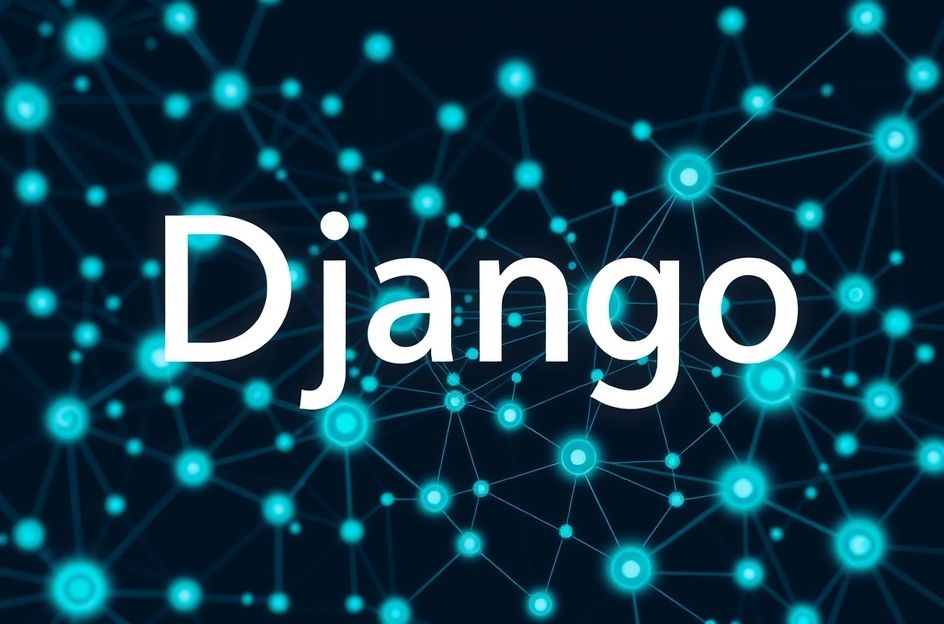Django's Enduring Power: A Deep Dive into its Market Position and Future Trajectory
The world of web development is a dynamic ecosystem, constantly shifting with the emergence of new frameworks and technologies. Django, a high-level Python web framework, has weathered numerous technological storms, maintaining a significant presence in the industry. But in an era dominated by JavaScript frameworks like React and Next.js, and the rise of serverless architectures, where does Django stand? This analysis delves into Django's current market position, its strengths and weaknesses, and explores its potential trajectory in the years to come.
Django's Current Market Landscape
While precise market share figures for web frameworks are elusive, Django consistently ranks among the top choices for backend development. Its popularity stems from its mature ecosystem, robust features, and a large, active community. Many established companies rely on Django for mission-critical applications, demonstrating its reliability and scalability. However, the rise of JavaScript frameworks has presented a challenge, leading many developers to adopt a JavaScript-centric full-stack approach. This shift doesn't necessarily diminish Django's relevance but rather redefines its niche.
Django's Strengths: A Foundation of Stability and Security
- Mature Ecosystem: Django boasts a vast library of third-party packages and tools, streamlining development and offering readily available solutions for common tasks.
- Security Focus: Django's built-in security features protect against common web vulnerabilities, reducing the burden on developers to implement security measures from scratch.
- Rapid Development: Django's “batteries-included” philosophy and well-structured architecture allow developers to build applications quickly and efficiently.
- Scalability: Django can handle high traffic loads, making it suitable for large-scale applications. Its architecture allows for easy horizontal scaling.
- Strong Community Support: A large and active community provides extensive documentation, tutorials, and support, making it easier to find solutions to problems and learn the framework.
Django's Weaknesses: Addressing the Challenges
- Learning Curve: While Django's structure simplifies many aspects of development, mastering its intricacies can require significant time and effort for beginners.
- Monolithic Architecture (Historically): Although modern approaches are mitigating this, Django's traditional monolithic architecture can pose challenges when scaling to extremely large and complex applications.
- Less Frontend Focus: Django's primary strength lies in backend development, and integrating it seamlessly with modern JavaScript frontend frameworks can sometimes require extra effort.
Django in the Age of AI and Serverless
The integration of AI and serverless technologies presents both opportunities and challenges for Django. Django's versatility allows for seamless integration with machine learning models through libraries like scikit-learn and TensorFlow. However, leveraging serverless functions effectively might require architectural adjustments to fully capitalize on the benefits of this approach. This is an area where Django is evolving, with increasing community support for serverless deployment strategies.
Real-World Use Cases
Django powers a wide array of applications, from small startups to large enterprises. Examples include Instagram (early versions), Pinterest (early versions), Disqus, and numerous other high-traffic websites and services. These successful deployments showcase Django's capability to handle diverse requirements and scale effectively.
Code Example: Integrating a Machine Learning Model
from django.http import HttpResponse
from sklearn.linear_model import LogisticRegression
import json
def predict(request):
if request.method == 'POST':
data = json.loads(request.body)
# ... preprocess data ...
model = LogisticRegression()
# ... load and train the model ...
prediction = model.predict(data)
return HttpResponse(json.dumps({'prediction': prediction.tolist()}), content_type="application/json")
else:
return HttpResponse("Invalid request method")
This simplified example demonstrates how a trained machine learning model can be integrated into a Django view to provide predictions.
Future Predictions and Trends
Django's future hinges on its ability to adapt to the evolving technological landscape. We can anticipate continued improvements in its integration with modern frontend frameworks, further refinements to its architecture for better serverless compatibility, and enhanced support for AI and machine learning integration. The framework's strong community will likely play a crucial role in driving these advancements.
Actionable Takeaways
- Assess your project needs: Carefully evaluate if Django's strengths align with your project requirements.
- Consider a hybrid approach: Combine Django's backend capabilities with modern frontend frameworks for a robust full-stack solution.
- Stay updated: Keep abreast of the latest developments in the Django ecosystem to leverage its evolving features.
- Explore serverless options: Investigate how Django can be deployed effectively using serverless architectures.
Resource Recommendations
- Official Django documentation
- Django community forums
- Relevant Django packages on PyPI
